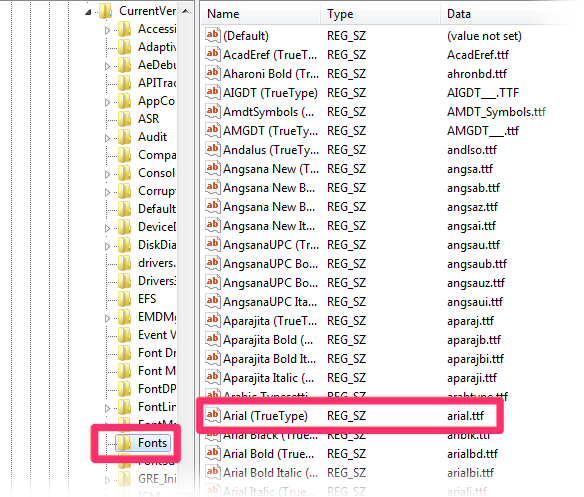Autocad Truetype Text

Click Annotate tab Text panelPanel Launcher button. In the Text Style dialog box under Style Name, click New. In the New Text Style dialog box, enter a style name for. Creating PDF files from AutoCAD that allow text searching throughout the entire document and at the highest level of compression, requires the use of True. To ensure TrueType® text is filled when. TrueType text objects filled in plot preview but not in plotted output. Products and versions covered. AutoCAD 2004.
Now that AutoCAD is Windows-only and drawing text can be rendered with TrueType fonts, there is a strong case to abandon the old SHX-based font system. It never delivered good quality text quality and is really just a legacy of DOS-based CAD and now-ancient pen plotter technology. The SHX system was devised as a solution to the major burden of text outline processing imposed on computers of the time (1980’s). Autodesk made a ‘minimalist’ font (TXT) the default, and provided a ‘QTEXT’ display command to suppress display of text entities and speed redraws and regens. No-one bothers with QTEXT any more.
With the combination of today’s computing power, raster based plotters and Windows-only operating environment it seems logical to pass text rendering off to Windows for greater efficiency. Using TrueType enables the typeset quality in virtually any typeface including the simpler styles suitable and required in engineering drawings. SHX fonts require the font ‘weight’ to be provided by plotter’s pen thickness. Text weight was defined by color, which in turn determined which pen the plotter would use; thin for small text, thick for large text.
Generally SHX fonts only define a single centerline for the character strokes. Some of the fancy fonts, like Complex, provide ‘thick-&-thin’ styling by drawing side by side lines (multi-stroking) in the thicker areas and assume the pen thickness will merge them on the paper. If you plot large text with a fine pen it always looks awful, and if a multi-stroke font is used, the separate strokes become clearly seen. The SHX system can build characters by straight lines and arcs (no Bezier or spline curves), but in fact the fonts provided with AutoCAD don’t even use arcs. The curved parts are sequences of very short straight line segments. How else can they be described but ‘crude’ and ‘jerky’. Presentation Quality & PostScript CAD drawings are being used more and more as display and promotional graphics in addition to their original purpose as design, tender and construction drawings.
For presentation work and CAD work that was being produced for publishing purposes it became necessary to use the best quality of text available. In the late 80’s and early 90’s the best and most appropriate system was Adobe’s PostScript. Autodesk went to some considerable lengths to provide this facility for AutoCAD users.
Although the potential was there to deliver high quality text, the system was never implemented well enough and adequate results could only be achieved with a true Postscript printer. Ben 10 Omniverse Game Creator Ben 10 Game Version 2.0. Postscript is a universal cross-system standard and the normal method in publishing houses, widely supported on UNIX and Macintosh computers. Now that AutoCAD is Windows-only, Autodesk has abandoned Postscript, even though these is a still a strong case for its use. AutoCAD users producing work for publication (maps, guides, atlases, reports, etc) still require PostScript output for quality and compatibility with publishing systems they need to interface with. These users still use the add-on PostScript systems that have been using for years. Even when AutoCAD did have Postscript support, it was rarely good enough for their needs. Enter TrueType TrueType was devised as a lower-cost equivalent jointly by Apple and Microsoft (remarkably!) To avoid Adobe’s high licensing fees, and is now the better alternative for anyone on Windows or Mac other than those who have to work with the publishing industry.
TrueType is a standard component of Windows (and MacOS). It is a quality WYSIWYG text rendering system that provides device-independent, typeset-quality output. As a function of the operating environment, applications can pass that overhead off to the operating system and dedicate themselves to their own specialized processing. Autodesk introduced TrueType support to AutoCAD in Release 13; a harbinger that AutoCAD would soon become an exclusively Window-based application. To assist with the transition to using TrueType, Autodesk sensibly provide TrueType fonts that mimic the long established SHX fonts. However this is done in a way guaranteed to annoy. Installing AutoCAD automatically installs a very large number of crude looking SHX look-alikes into your Windows font repertoire, without any option to restrict the selection.